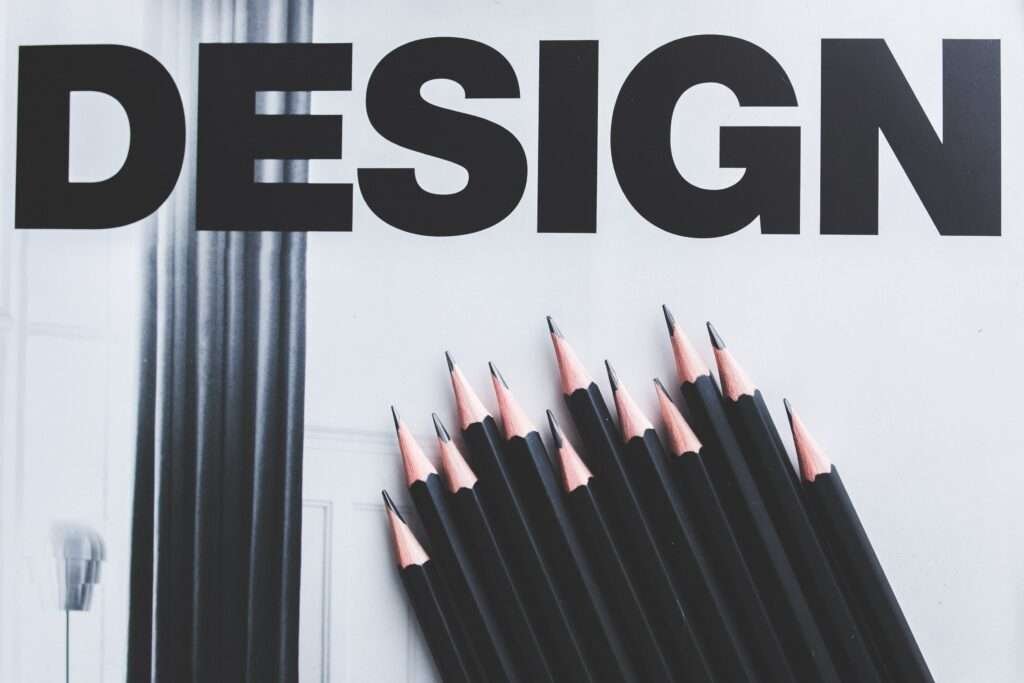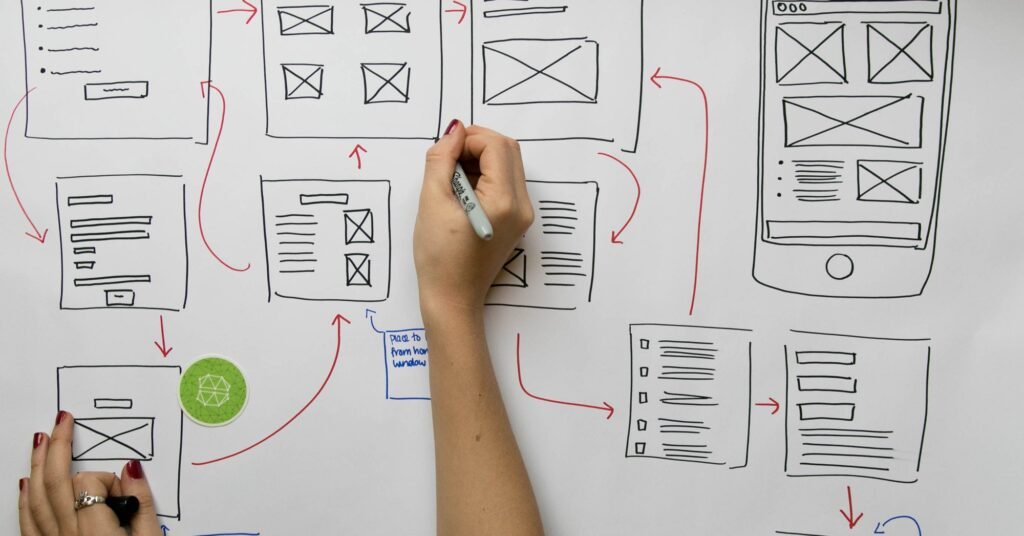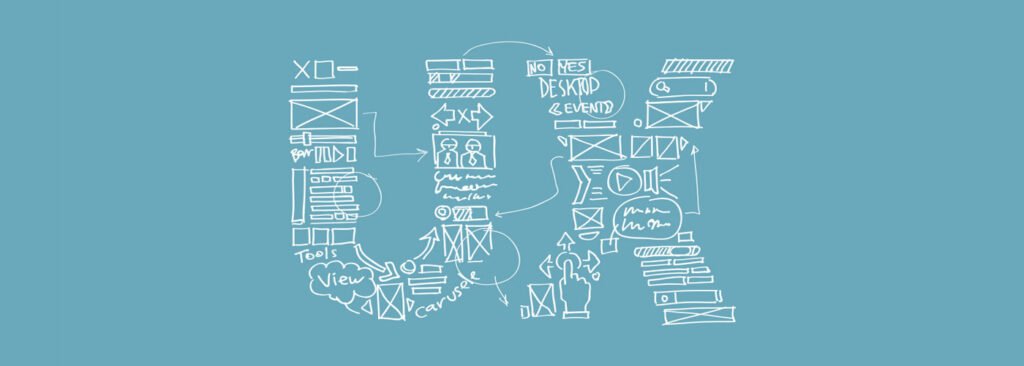What is UX Redesign?
The importance of UX design has increased tremendously over the past few decades. Each organization is willing to spend its reasonable budget to improve the experience of the products. The result is enhanced user satisfaction and increased revenue for the organization.
Another aspect of user experience is to redesign it on a need basis. If your product is performing well in the market, it does not mean that it will remain in the top place for years. Things are changing rapidly, so the users’ needs are.
With the latest trends in UI, UX, and technology, it is essential to keep your product up to date. For this purpose, redesigning the product experience is an important consideration that you should take care of.
The UX redesign involves redesigning your product in terms of experience, visual interface, and feature set. The UX redesign helps to improve your product experience in different ways. It can help to enhance customer experience, improve your sales, enrich your product feature set, the consideration of new user personas, and many others.
Why UX Redesign is Needed?
A UX redesign is needed if any of the following conditions are true for your product or business.
- Your product is using the outdated UI/UX trends
- Analytics have shown reduced product usage
- Obvious flaws in user experience and user flows
- Getting complaints from users
- Incorporating the new personas and their needs
- Designing for additional devices like mobiles
- The company has updated its branding
- The technology you are using has become obsolete
If any of the above reasons are being observed in your product, then it is time to go for a redesign process.
How to Conduct UX Redesign?
To conduct a UX redesign, you need to follow the UX design process just like when a product is designed for the first time. The steps below will help you to go through a series of steps to conduct a successful and profitable redesign.
- Find Your Objective
- Conduct Usability Testing
- Identify Improvement Areas
- Perform Competitive Analysis
- Redesign and Test
1. Find Your Objective
“Recognizing the need is the primary condition for design.” –Charles Eames
The first step is to decide about the goals that you want to achieve from the UX redesign. This will help you to follow the right steps in the process. There can be different goals that are achieved by UX redesign.
Fix UX Problems: You are going to fix the UX problems that are either observed internally by the UX team or have been identified by the users.
Grow business: You want to enrich the experience by adding more features and covering more user profiles through your product.
2. Conduct Usability Testing
Testing the existing product is an essential step before you move towards actual redesigning. This step involves meeting your users, talking to them, observing them, and conducting usability testing along with them.
Decide on the features you need to test with your users. This can be the whole product or a few features depending on the redesign objectives. Define tasks that will be tested and conduct the exercise in a proper environment including a set of suitable users, required task lists, and necessary equipment like computers, mobiles, etc.
Observe the users, interview them, and note down your observations during the test. Collect this data in the form of a report that will help you to move forward in the process. Remember,
“Design decisions based on data can never be challenged.” ~ Saadia Minhas
3. Identify Improvement Areas
Discuss and analyze the results identified in the usability test with all stakeholders and identify the improvement areas. Since your product is already being used in the market, it is important to note that you may also have feedback received through some other sources like your website and social media channels.
Carefully collect the data from all channels and review the analytics. This allows you to decide on your next steps in the redesign process based on the real data and hence will help you to work on the actual pain points of the users.
Discuss each part of the collected feedback and prioritize the areas that you are going to focus on during the UX redesign. This defines the scope of the redesign.
“Design is not art. It is about crafting solutions to real issues.” ~Mark Boulton
4. Perform Competitive Analysis
A critical step in redesigning is to perform a competitive analysis of other products. Since your users will be analyzing your product and selecting you among your competitors, it is important to keep an eye on other similar products in the market.
Go through similar features and see what are the standards being followed to perform a certain task, what are the trends to provide an experience, and what makes a product successful.
A keen observation of the market and trends will help you to find your place and hence decide on the behavior that you should follow to improve your position in the market.
5. Redesign and Test
Before reaching this step, you must be very clear about the objectives of the UX redesign. You have the data and the identified improvements, and it is time to start the actual redesign.
You need to follow the standard design process for sketching your ideas, designing prototypes, getting user feedback, and making design decisions based on user feedback.
Use an agile approach to redesign the experience and involve users from the beginning to get their feedback. Never make a design decision without involving your users as this may lead you towards a design that needs changes at a later stage which requires both extra effort and money.
“I get very uncomfortable when someone makes a design decision without customer contact.” — Dan Ritzenthaler
Conclusion
UX redesign requires proper planning and implementation of the process. To conduct a successful redesign, the following points need to be considered.
- Clearly understand the objective of the redesign, only then you will achieve the desired results.
- Know about the existing product and users. Find out the pain points that need to be focused on during redesign.
- Analyze the competitive products and market trends and learn from them to keep yourself in the competition.
- Follow the design process and involve users during all stages of the process to get early feedback and reiterate the design before launch.
Learn UX Design
To facilitate the learning of UX design, we offer you 3 months of free membership to learn UX Design from Interaction Design Foundation.
 Interaction Design Foundation will help you to learn how to design for efficiency and persuasion.
Interaction Design Foundation will help you to learn how to design for efficiency and persuasion.
Get 3 months of free membership to learn UX Design here!
Read More
- Best Practices for UX Deliverables
- 3-Click Rule and Usability
- How To Measure Your UX Design Skills?
- 8 Useful Interview Tips for UX Designers
- Design is Communication
Thanks for reading. Find more related articles at uxdworld.com. If you have any questions, contact us here: Linkedin | Twitter | Facebook | YouTube



